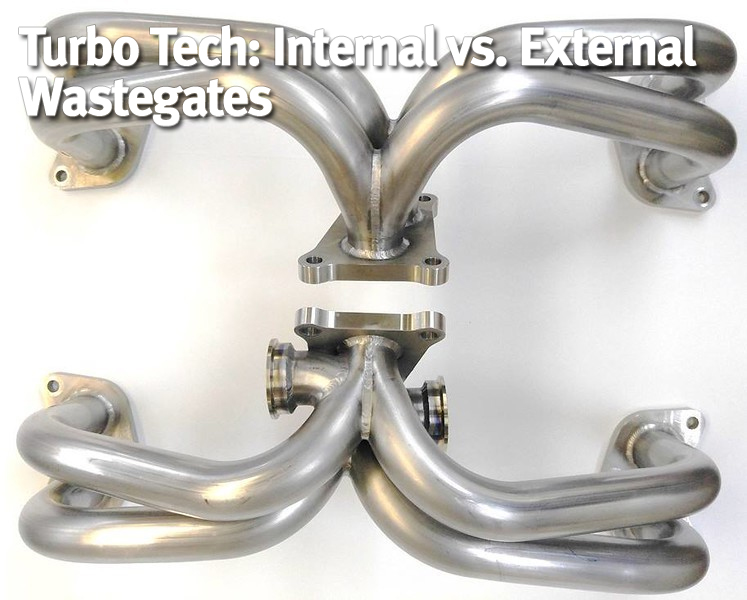,
 This MatchBot data is for Project S2000’s hypothetical turbocharged S2000 F22 engine. What I want to point out is the calculated percentage of wastegating. Yeah, for the particular turbo and power level I used in my simulation, almost half the exhaust flow was being wastegated.
This MatchBot data is for Project S2000’s hypothetical turbocharged S2000 F22 engine. What I want to point out is the calculated percentage of wastegating. Yeah, for the particular turbo and power level I used in my simulation, almost half the exhaust flow was being wastegated.
 This is some real engine data from a diesel engine. I removed the values from the axis, but you can see the trend. The exhaust pressure is measured at the discharge of the turbine, so the back pressure created by the exhaust system, that exhaust pressure increases exponentially with exhaust mass flow. So by decreasing the exhaust mass flow going through the exhaust system by one half, the back pressure is reduced to one third. Using some fake numbers and fake units, let’s say the turbine wheel is operating at a pressure ratio of 2.0. Using our graph above, the exhaust back pressure is 9 balloons resulting in an exhaust manifold pressure of 18 balloons. If we use external wastegates and dump the 50% wastegate exhaust flow instead of pushing it through the exhaust system, we can reduce the exhaust back pressure to 3 balloons. The result is an exhaust manifold pressure of 6 balloons. So you can see that by using external wastegates that dump the wastegate flow, the pressure in the exhaust manifold can be significantly reduced which means a good chunk of power can be gained.
This is some real engine data from a diesel engine. I removed the values from the axis, but you can see the trend. The exhaust pressure is measured at the discharge of the turbine, so the back pressure created by the exhaust system, that exhaust pressure increases exponentially with exhaust mass flow. So by decreasing the exhaust mass flow going through the exhaust system by one half, the back pressure is reduced to one third. Using some fake numbers and fake units, let’s say the turbine wheel is operating at a pressure ratio of 2.0. Using our graph above, the exhaust back pressure is 9 balloons resulting in an exhaust manifold pressure of 18 balloons. If we use external wastegates and dump the 50% wastegate exhaust flow instead of pushing it through the exhaust system, we can reduce the exhaust back pressure to 3 balloons. The result is an exhaust manifold pressure of 6 balloons. So you can see that by using external wastegates that dump the wastegate flow, the pressure in the exhaust manifold can be significantly reduced which means a good chunk of power can be gained.
 I went back to MatchBot with my S2000 simulation and readjusted it to approximate the WRX. All I did was change the displacement, engine speed, volumetric efficiency, and boost pressure to make it more ballpark representative of the WRX. I completely guesstimated the values. I used the EFR6258 in the match, as the stock WRX turbo is a Honeywell MGT2259. This has a 59mm compressor and 50mm turbine, so it’s in about the same ballpark for turbo sizing. Notice the Calculated Percentage of Wastegating is in the 35% range.
I went back to MatchBot with my S2000 simulation and readjusted it to approximate the WRX. All I did was change the displacement, engine speed, volumetric efficiency, and boost pressure to make it more ballpark representative of the WRX. I completely guesstimated the values. I used the EFR6258 in the match, as the stock WRX turbo is a Honeywell MGT2259. This has a 59mm compressor and 50mm turbine, so it’s in about the same ballpark for turbo sizing. Notice the Calculated Percentage of Wastegating is in the 35% range.

 Here are the compressor and turbine matches where I used the smallest available turbine housing.
Here are the compressor and turbine matches where I used the smallest available turbine housing.


